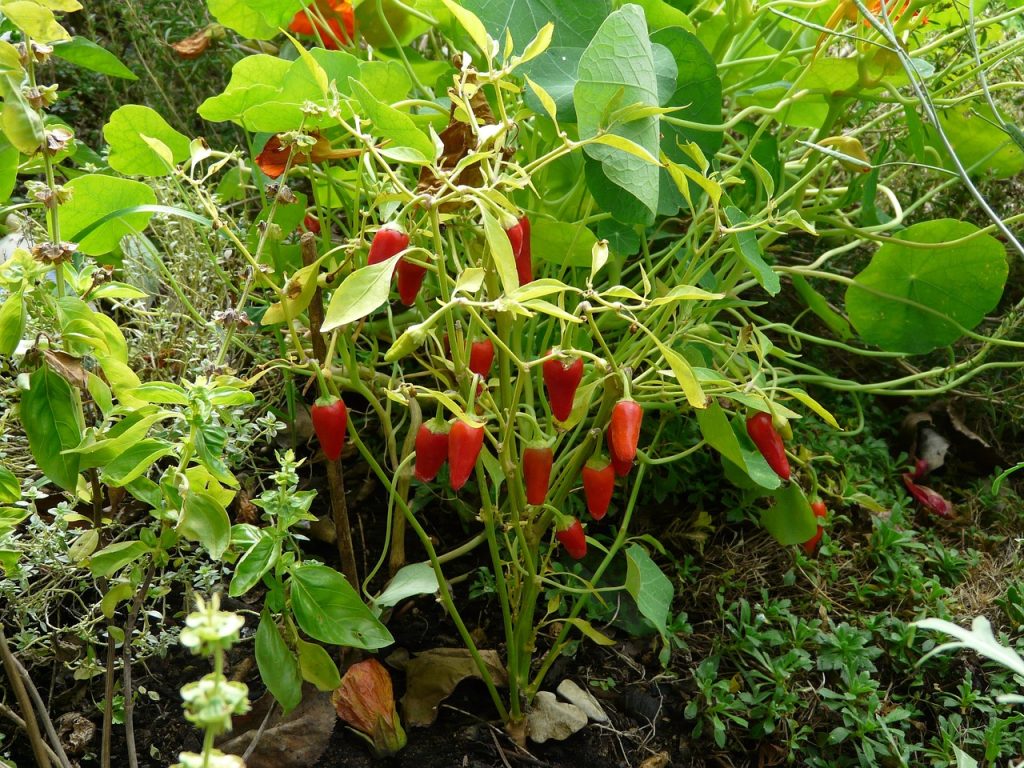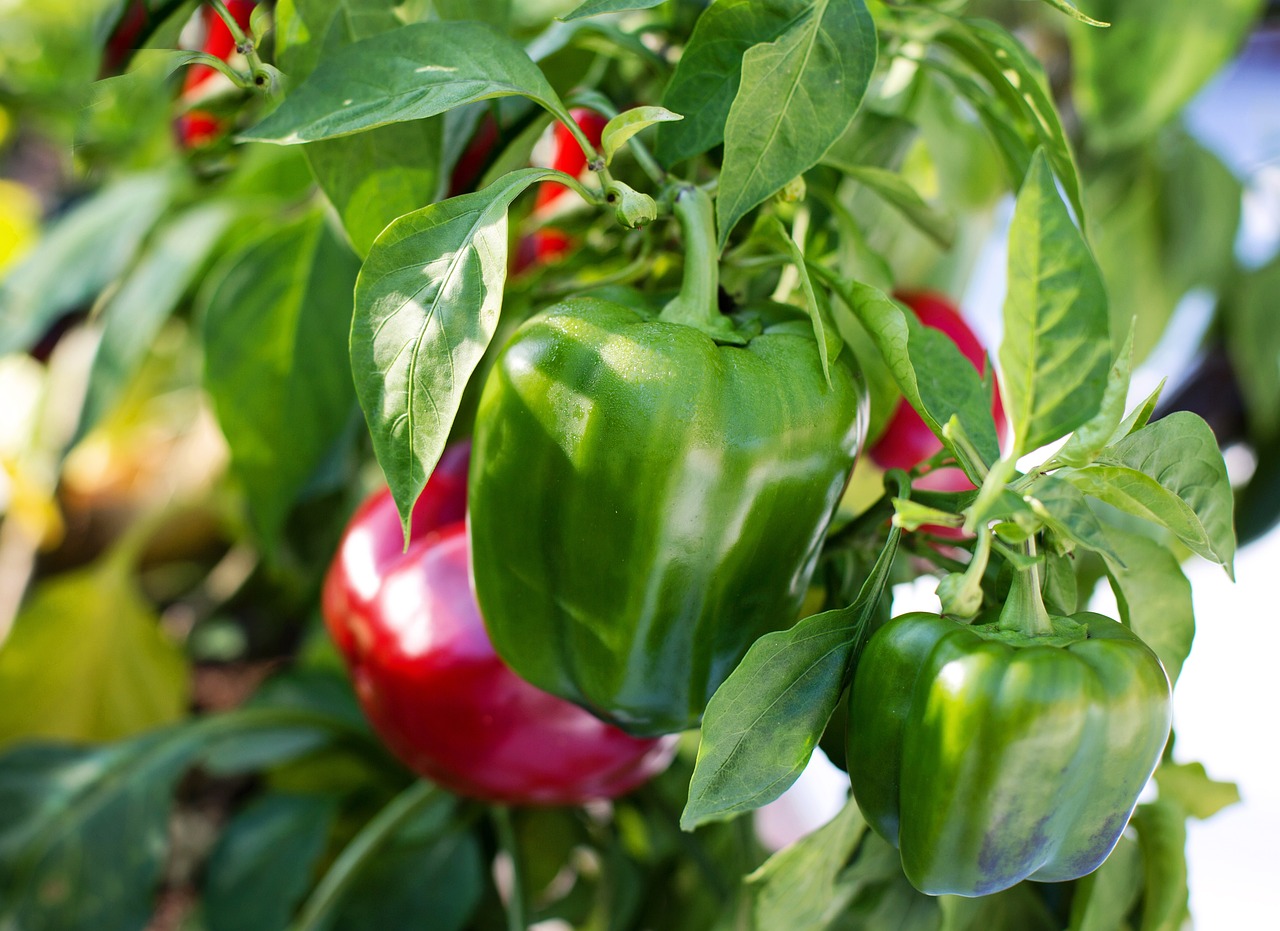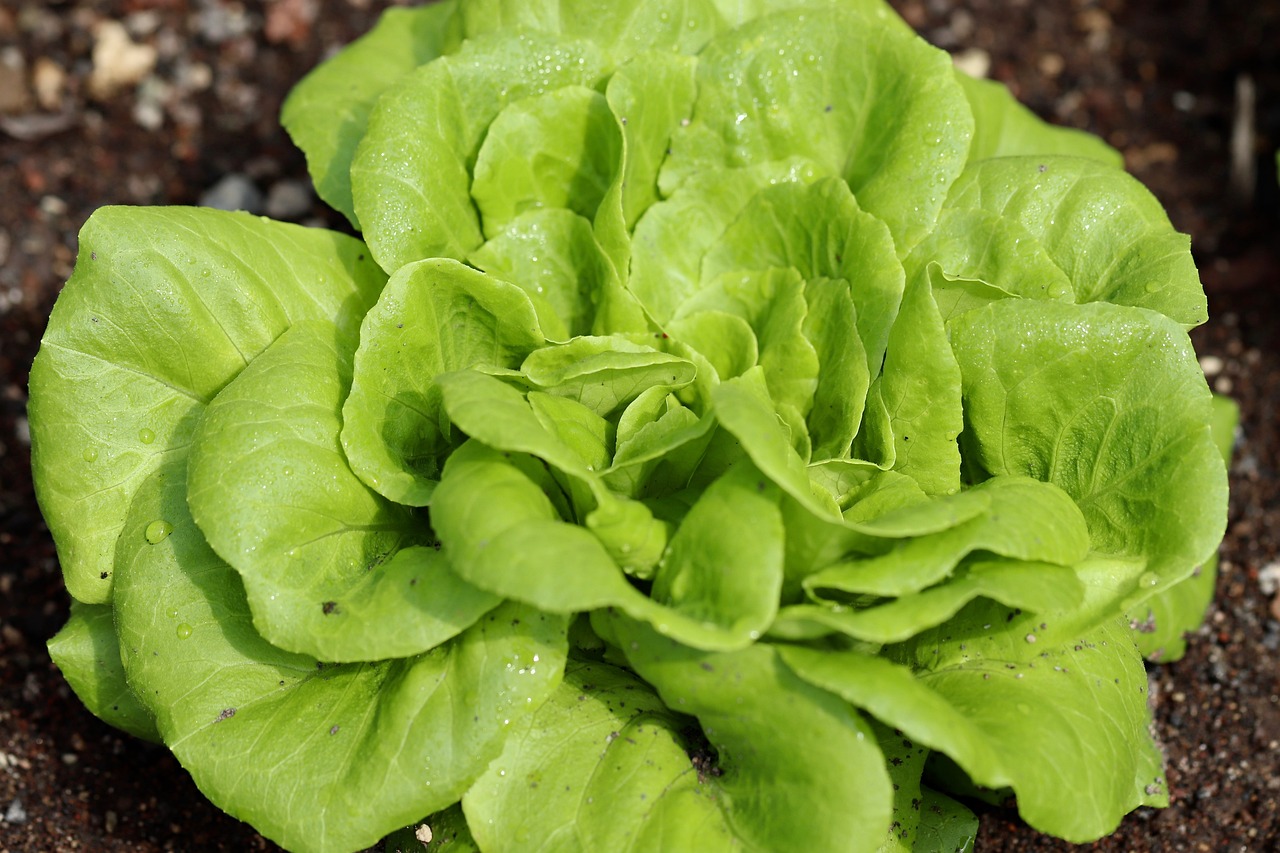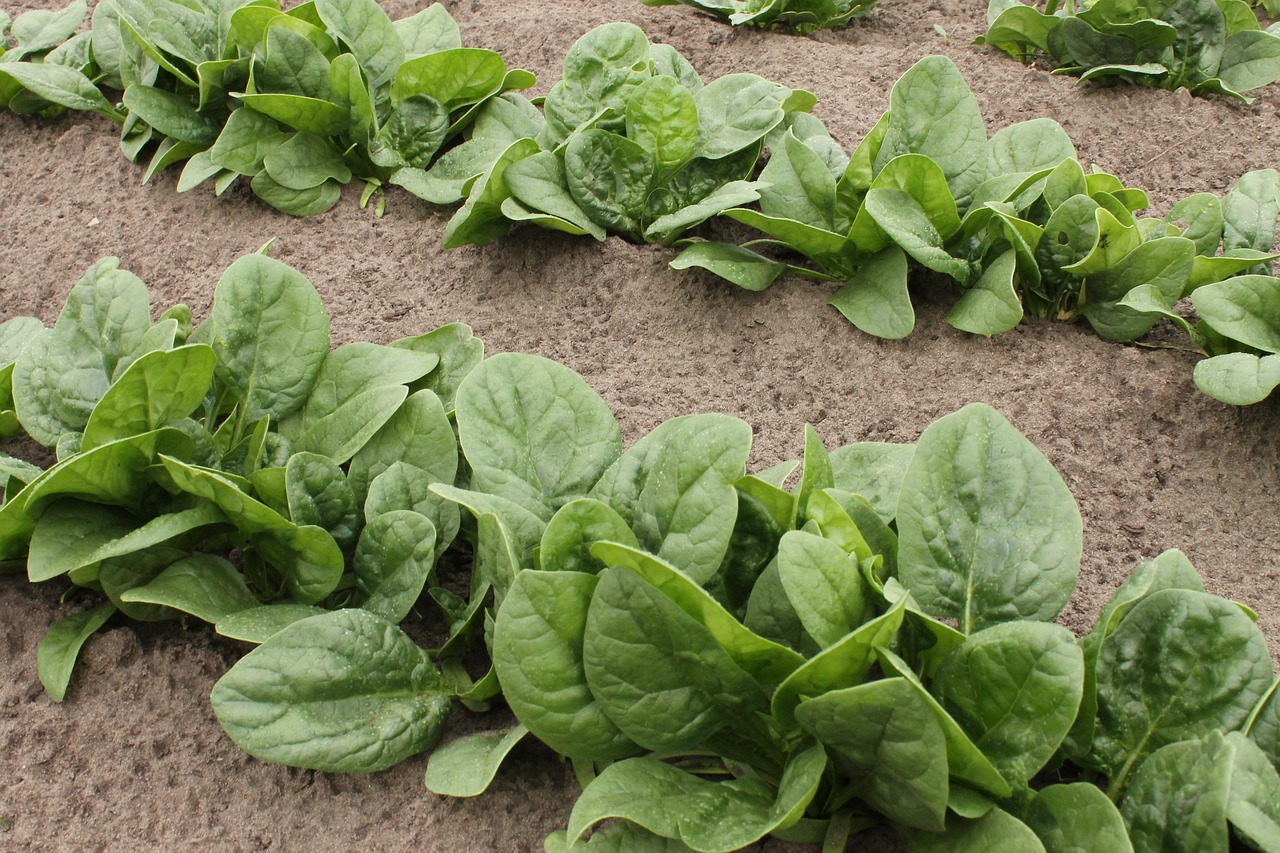Whether as a decorative element in the garden or a colorful and crunchy component in culinary creations, bell peppers bring a unique and multifaceted beauty to the world of vegetables. Their visual, textural, and culinary qualities make them a delightful and appealing addition to both gardens and kitchens.
Planting, growing, and caring for bell peppers involves several key steps to ensure a healthy and productive harvest. Here’s a comprehensive guide:

Description
Bell pepper (Caspium annnum) also known as sweet pepper, caspium is a tropical perennial plant which is mostly grown as an annual. It belongs to the nightshade family Solanaceae and is native to Mexico, Central and South America.
Bell peppers are grown for their berries which are used as vegetables in culinary operations. Berries occur in a number of colors including yellow, red, orange, purple, green and chocolate. They are rich in vitamins and minerals and can be eaten raw, used in stir fries, sauces, soups and stews.
| Botanical name: Capsium annuum | Propagation: Seeds |
| Common name: Bell pepper, Capsium | Soil type: Sandy loam, loam |
| Family: Solanaceae | Soil pH: 6.0-7.0 |
| Plant type: Perennial, annual | Temperature: 70°F and 80°F |
| Hardiness zones: USDA zones 9-11 | Light: Full sun |
| Mature size: 2-3ft. tall, 2-3 ft. wide | Spacing: 18-24in. |
| Fruit color: Red, yellow, orange, purple, green, chocolate | Pollination: Self pollination |
| Time to harvest: 60-90 days | Toxicity: Foliage is toxic to humans |
| Native area: Mexico, Central and South America |
Types of Bell peppers
Green Bell Peppers: Varieties include California wonder and Big bertha.
Red Bell Peppers: They include Red beauty and king of the North.
Yellow and Orange Bell Peppers : They include Golden California wonder and Orange sun.
Purple and Chocolate Bell Peppers: They include Purple beauty and Chocolate beauty.
Mini Bell Peppers: Sweet pie and Lunchbox Series (Red, Orange, Yellow).
Hot Bell Peppers: Sweet heat.
Heirloom Varieties: They include Bull nose and Jimmy Nardello’s Sweet Italian.
Temperature requirements
Bell peppers grow best in warm soil at temperatures between 70°F and 80°F (21°C to 27°C).
They can tolerate higher temperatures, but prolonged exposure to temperatures above 90°F (32°C) can affect fruit set and development.
Soil requirements
Plant bell peppers in well-draining, fertile soil with a slightly acidic to neutral pH (around 6.0 to 7.0).
Light/Sun requirements
Bell peppers thrive in full sunlight. Choose a location with at least 6-8 hours of direct sunlight per day.
When to plant Bell peppers
Plant bell peppers during spring, when all danger of frost has gone.
In warmer climates, bell peppers can be planted at any time of the year, but planting is best done at the beginning of the rainy season. Seeds can be started indoors or in a nursery bed.
Garden preparation
Remove any debris, weeds, or rocks from the planting area. Clearing the space helps create a clean environment for your bell pepper plants and reduces competition for nutrients.
Amend the soil with well-rotted compost or aged manure to improve its fertility and structure.
Consider planting bell peppers in raised beds or containers if your soil has drainage issues. This allows you to control the soil quality and drainage more effectively.
Starting seeds indoors
Start bell pepper seeds indoors 8-10 weeks before the last expected frost date in your area.
Use a high-quality seed starting mix or make your own by combining equal parts peat moss, perlite, and vermiculite.
Moisten the seed starting mix with water before planting.
Plant 2-3 seeds in each cell or pot, about 1/4 to 1/2 inch deep.
Cover the seeds with a thin layer of soil and lightly press down.
Cover the seed trays or pots with plastic wrap or a humidity dome to maintain moisture.
Place the seed trays in a location that receives bright, indirect light. If using grow lights, position them 2-3 inches above the seedlings for 14-16 hours per day.
About 1-2 weeks before the last expected frost date, start hardening off your bell pepper seedlings by gradually exposing them to outdoor conditions. Begin with a few hours of sunlight and gradually increase the time.
Transplanting Seedlings
Seedlings are ready for transplanting when they have developed 4-6 true leaves. This is usually around 6-8 weeks after sowing seeds.
Transplant seedlings outdoors when the soil has warmed, and the threat of frost has passed. Transplanting is best done during evening hours when the weather has cooled.
Space plants about 18-24 inches apart in well-prepared soil.
Water the plants thoroughly and apply a 2–4-inch layer of mulch to retain moisture, regulate soil temperature and control weed growth.

How to Care for Bell pepper plants
Watering: Keep the soil consistently moist, especially during dry periods. Peppers prefer even moisture but should not be waterlogged.
Mulching: Apply a layer of mulch around the base of pepper plants to retain moisture, suppress weeds, and regulate soil temperature.
Fertilization: Fertilize peppers with a balanced fertilizer when planting and side-dress with additional fertilizer during the growing season.
Support and Pruning: Some varieties may benefit from staking or support cages, especially as the plants grow and produce fruit. Prune any unwanted branches to encourage airflow and sunlight penetration.
Growing Bell peppers in containers
Select a large container with a minimum size of 5 gallons per plant. Larger containers (10 gallons or more) are even better for optimal growth.
Ensure that the container has drainage holes to prevent waterlogging, as bell peppers prefer well-draining soil.
Use a high-quality, well-draining potting mix enriched with organic matter.
Plant one bell pepper plant per container to allow sufficient space for growth.
How to Harvest Bell peppers
Harvest bell peppers when they reach the size and color that you desire. Most bell peppers are harvested when they are green, but they will mature to yellow, orange, red, or even purple, depending on the variety.
Cut them from the plant using sharp scissors or pruning shears.

Common pests and diseases
Pests include:
Aphids: Aphids are small, soft-bodied insects that feed on plant sap, causing yellowing and distortion of leaves.
Control: Use insecticidal soap or neem oil, Introduce natural predators like ladybugs.
Spider Mites: Spider mites are tiny arachnids that feed on plant cells, causing stippling and webbing.
Control: Increase humidity around plant, use insecticidal soap or neem oil for organic control.
Whiteflies: Whiteflies are small, flying insects that cluster on the undersides of leaves, causing yellowing and leaf drop.
Control: Use reflective mulch to deter whiteflies.
Diseases include:
Powdery Mildew: White powdery spots on leaves, leading to leaf distortion.
Control: Provide good air circulation and apply fungicides containing sulfur or potassium bicarbonate.
Phytophthora Blight: Symptoms include wilting, yellowing, and collapse of plants, often with dark lesions on stems.
Control: Practice crop rotation, ensure proper soil drainage and apply appropriate fungicides in case of an infestation.
Verticillium Wilt: Symptoms include yellowing and wilting of leaves, often on one side of the plant.
Control: Rotate crops to avoid planting peppers in the same location every year and plant disease-resistant varieties.




